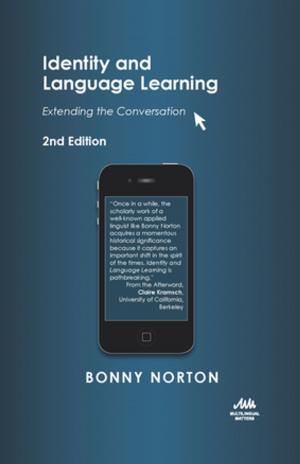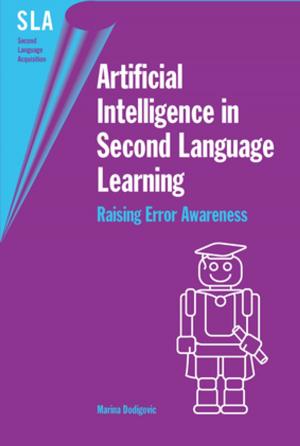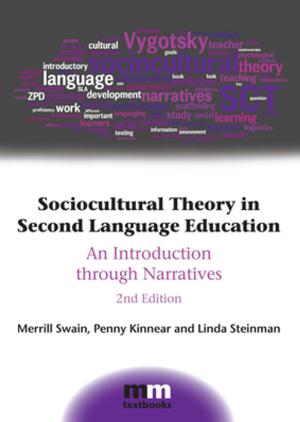Speaking and Instructed Foreign Language Acquisition
Nonfiction, Reference & Language, Language Arts, Study & Teaching| Author: | Miroslaw PAWLAK, Ewa WANIEK-KLIMCZAK and Jan MAJER | ISBN: | 9781847694744 |
| Publisher: | Channel View Publications | Publication: | July 4, 2011 |
| Imprint: | Multilingual Matters | Language: | English |
| Author: | Miroslaw PAWLAK, Ewa WANIEK-KLIMCZAK and Jan MAJER |
| ISBN: | 9781847694744 |
| Publisher: | Channel View Publications |
| Publication: | July 4, 2011 |
| Imprint: | Multilingual Matters |
| Language: | English |
Developing the ability to speak in a foreign language is an arduous task. This is because it involves the mastery of different language subsystems, simultaneous focus on comprehension and production, and the impact of a range of social factors. This challenge is further compounded in situations in which learners have limited access to the target language. Thus, there is a need to explore issues related to teaching, learning and testing speaking with a view to translating the guidelines based on theoretical positions and research findings into feasible and context-specific pedagogical recommendations. This is the rationale behind this book, which considers speaking from leading theoretical perspectives, investigates individual variables which affect its development, and reports the results of studies focusing on different aspects of its instructed acquisition.
Developing the ability to speak in a foreign language is an arduous task. This is because it involves the mastery of different language subsystems, simultaneous focus on comprehension and production, and the impact of a range of social factors. This challenge is further compounded in situations in which learners have limited access to the target language. Thus, there is a need to explore issues related to teaching, learning and testing speaking with a view to translating the guidelines based on theoretical positions and research findings into feasible and context-specific pedagogical recommendations. This is the rationale behind this book, which considers speaking from leading theoretical perspectives, investigates individual variables which affect its development, and reports the results of studies focusing on different aspects of its instructed acquisition.















